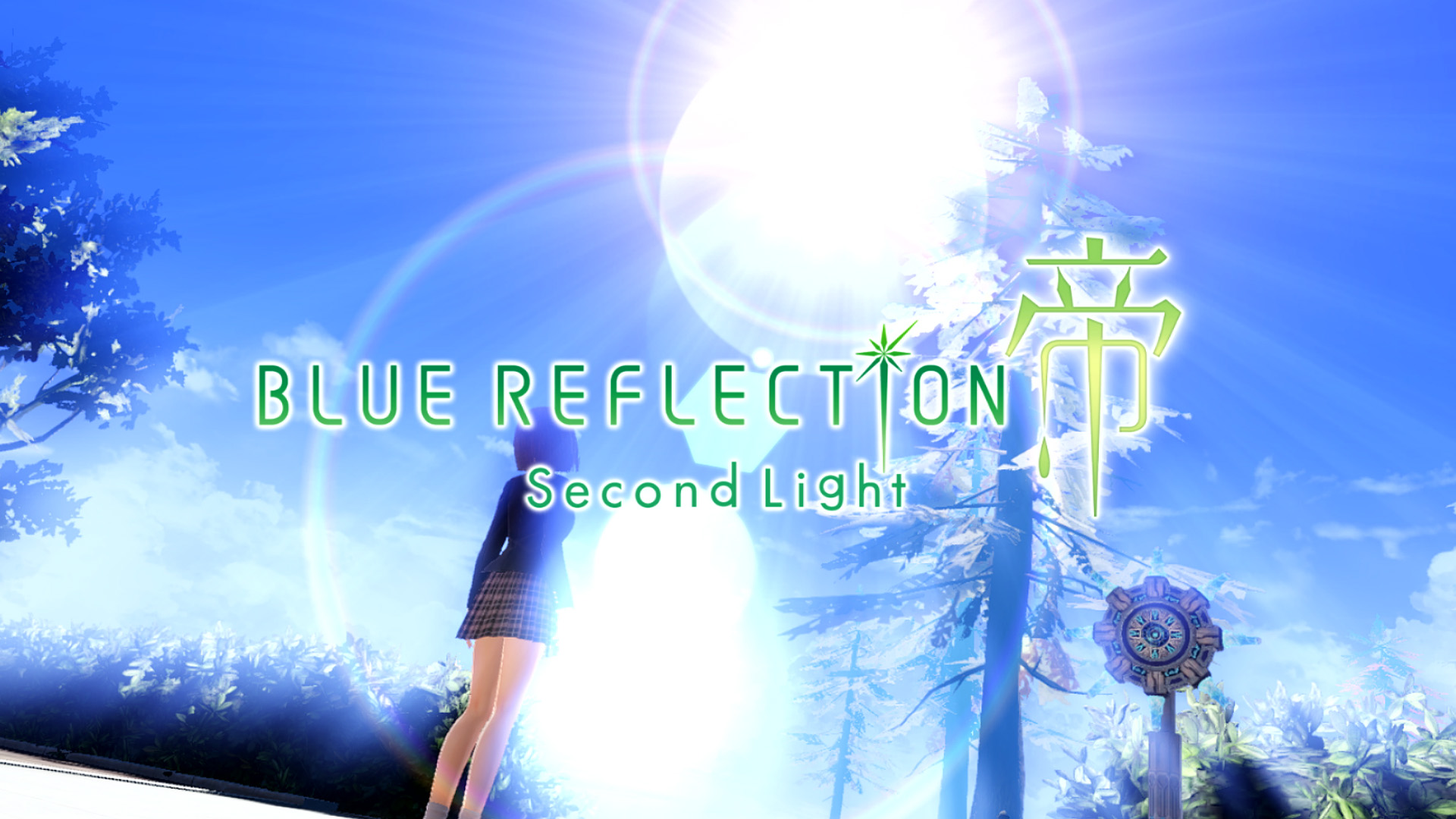Blue Reflection: Second Light
Class Is Now In Session With Blue Reflection Second Light
The year 2016 was an incredible year for JRPGs, starting with the obvious smash hits Persona 5 and Final Fantasy XV. Since then, with the former released in the States in April 2017, some RPGs are stuck being labeled as a "shadow" no pun intended. While the Persona series was far from the first series to combine visual novel elements in a high school setting with traditional RPG gameplay, it was a trendsetter. If one considers how close the release of the original Blue Reflection was to Persona 5, it would seem so at first glance. To say this, however, isn't fair for both series as Blue Reflection ended up a franchise in its own right. This would lead up to the release of Blue Reflection: Second Light, following an anime and a yet-to-be-released mobile game.
The premise for the original Blue Reflection involved a protagonist who attended an all-girls school. Together, with two other friends, they are given the power to transform into magical girls and save the world from a looming threat. The "visual novel high school" element comes from the protagonist creating bonds with various students in the daytime. These bonds are used to strengthen her and her allies while in battle. In actuality, Blue Reflection was best compared to Gust's previous series, the Atelier franchise. Both are very calming in their nature, stories, music, and characters. While it wasn't as initially popular as Atelier, it was successful enough to earn a following. After five years, can the sequel recapture the magic while improving on Blue Reflection's weak parts?

Just A Normal Girl Lost In A Fantasy World
Known in Japan as Blue Reflection Tie, Players are introduced to an entirely new cast of characters, beginning with the protagonist Ao. Ao Hoshizaki is the cliche "normal protagonist" featured in many JRPG and anime. You know the one, an average teenage girl with an average personality, modest appearance, and an unremarkable background. While in other games this would be a critique, it fits well in Blue Reflection Second Light. What was supposed to be a simple Summer lesson ends up with her waking up in an unknown world in an unknown school.
Joining her are three other girls taking residency in the school, Rena, Kokoro, and Yuki. Unlike Ao, these girls have been living in the school for quite some time at the cost of losing their memory. It is revealed that Ao has stayed in the school for three days following the intro cutscene, quickly learning the ropes on how to survive. Within ten or so minutes of cutscenes, the player engages in combat as they search for food for tonight's dinner. Already this is a huge plus to Blue Reflection, which opted to fill as much exposition as possible before the player could control their character.

Second Light's Combat Is More Active Than Blue Reflection's
Players used to the original Blue Reflection will breathe a sigh of relief knowing that Second Light is more hands-on. Similar to its predecessor, each girl's turn is determined by a timeline. One side of the timeline represents the party while the other represents the enemy and whoever reaches the end first determines the turn order for the round. The rest of the combat is a complete overhaul from its predecessor, eliminating MP altogether and replacing it with "Ether." Ether Points, set in values of 1000s, are used as resources for the round, with the most basic action taking 1000ep, the bare minimum.
Certain characters have skills they can use relating to their archetype. Kokoro, being the party's main attacker, uses her ether points to deal as much damage as possible. Rena who is a support-based character can choose to use her turn to attack or heal her party members. Players who take advantage of Second Light's combat system can use this to their advantage, keeping party members' health points topped off. This also means players can focus on the combat without worrying about wasting precious MP. Players can also chain attacks should a party member's turn overlap, causing a steady flow of damage.

Trust And Emotions Are Pivotal In Blue Reflection Second Light
Like the first game, the player can receive quests from others in the form of "Requests," ranging from fetch quests to combat quests. Upon completion of these requests, the player will raise their respective party member's talent level. As the player increases in talent levels, each party member can receive buffs to help them out in combat. Before heading out, it's best to take advantage of the school's base of operations and craft items that can be used as buffs. While Second Light doesn't require players to play the first Blue Reflection or watch the anime, Ray, to understand the story, it helps greatly in understanding the context.
Very early on, one of the major characters featured in both the first game and the anime reveals themselves to Ao. Ao, of course, has no idea who this girl is but those familiar with the series will identify the girl as Yuzu. Yuzu is one of the sisters who appear before the protagonists of Blue Reflection and Ray, granting them their powers while explaining the situations at hand. This is also a potential foreshadowing that the four girls are not as alone as they seem. The protagonists from previous entries may appear before the party as well. Considering that this is a Gust game and this was done similarly with the Atelier Sophie series, this isn't too farfetched.

Blue Reflection Second Light Shines Bright -- Too Bright
I've discussed the gameplay and the story, both being Second Light's high points, with the music being just as good as it was in the previous entries. The graphics are an interesting topic to discuss because they aren't bad at all, speaking from the Switch. I feel that the Nintendo Switch shines brightest when it's able to take advantage of its colors. Blue Reflection Second Light is no exception, as vibrant colors hit the player from the main menu onward. The character models are soft, detail in clothing and hair physics are present, and it's easy on the eyes. That is until it's not. At times, especially during certain times of the day like the evening, Second Light's bloom can get out of hand. It doesn't become an eyesore, but there are times when it becomes overbearing.

The original Blue Reflection had a similar quirk, but there were times when I felt almost blinded. I call it a "quirk" because I truly feel the bloom and flare effects are what makes Blue Reflection, well, Blue Reflection. While the game looks better, subjectively, on the PS4 and PC, it looks great on the Switch. There are few compromises made aside from the obvious in textures, but it doesn't deter itself from the experience. Overall, Blue Reflection Second Light is an impressive experience on the Switch, considering this is the first game featured on the console. With its core audience expanded on Nintendo's little console that could, hopefully, more players can experience Second Light for the gem it is.
Blue Reflection Second Light is available on PC, PS4, and the Switch.

